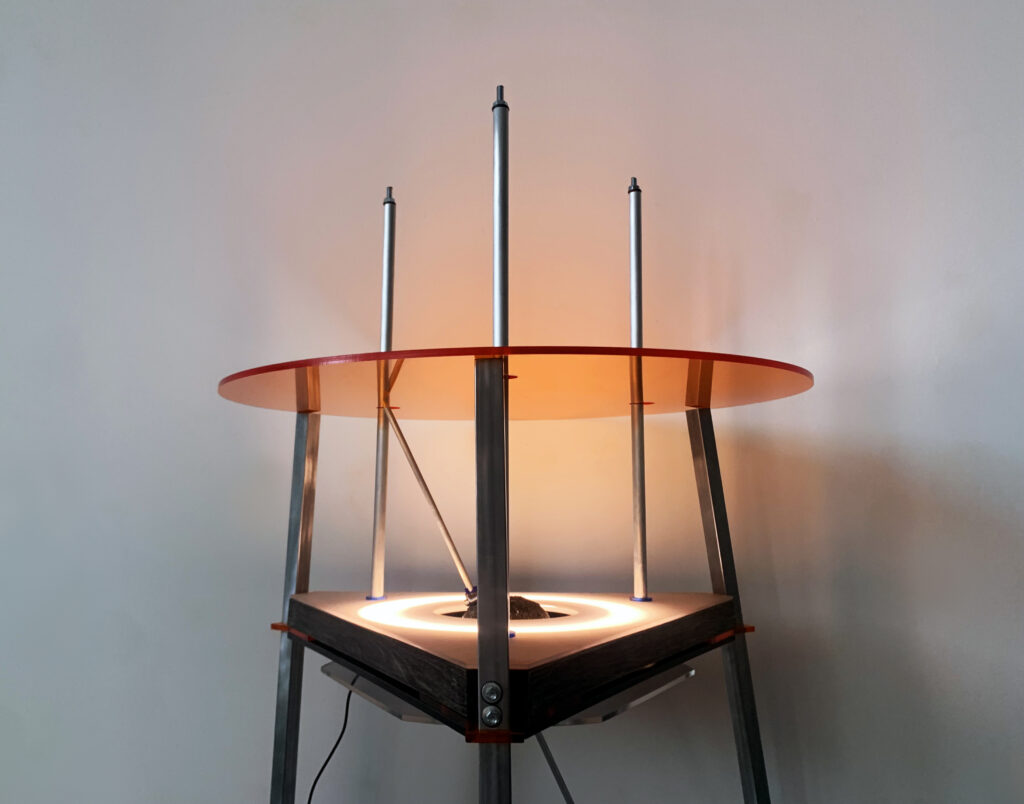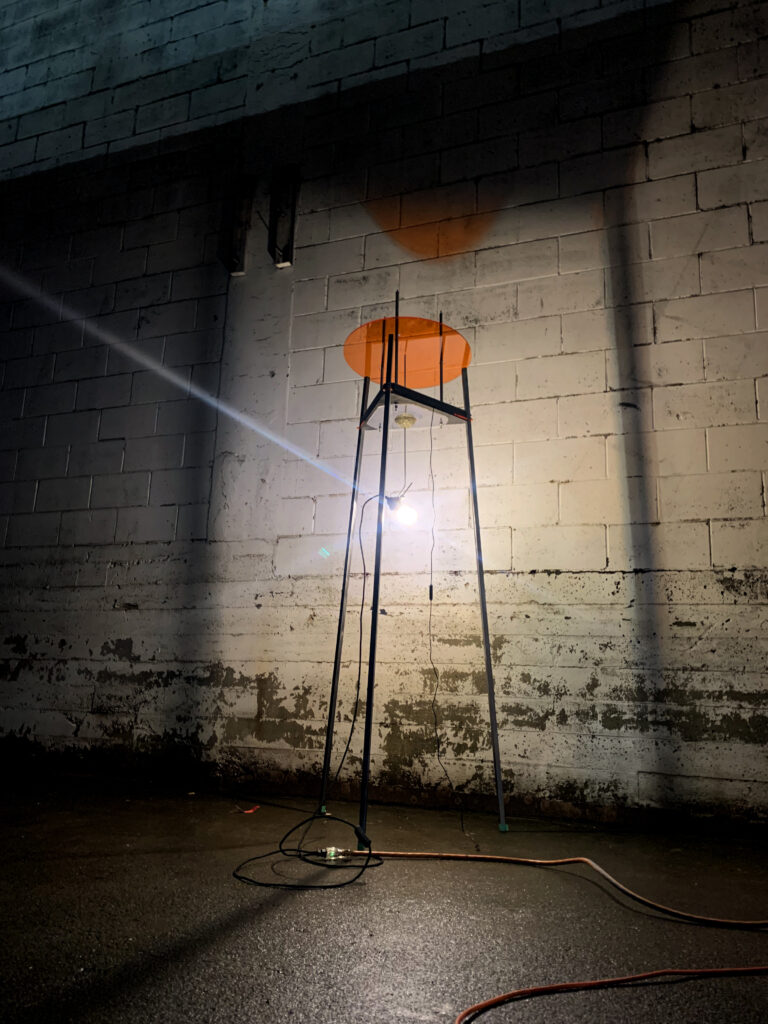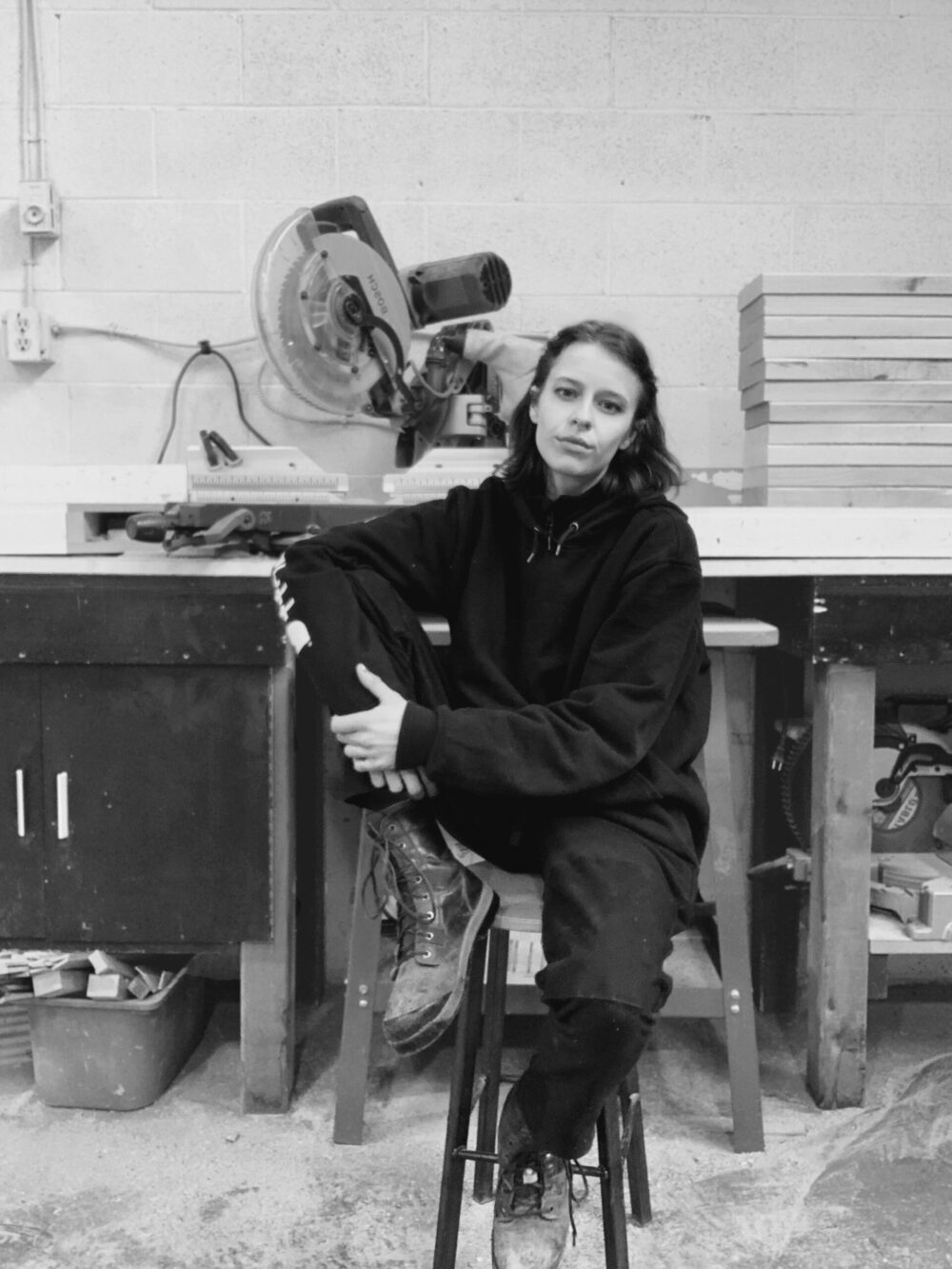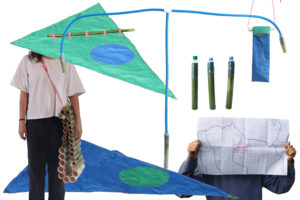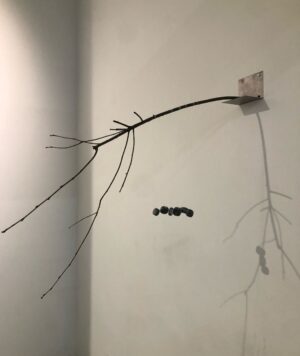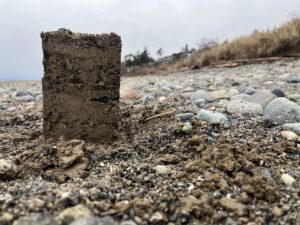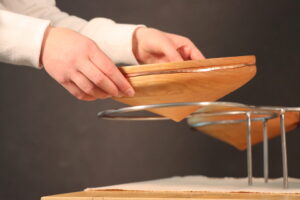Archeology of Occupancy
Megan Zieth

This question drastically awoke in me during my time on construction sites. There was an ephemeral, honest beauty to the concealed scenes fabricating spaces we implicitly occupy, and I began to notice evidence left behind from the process. Viewing imperfections on a finish to signify the human hand, and adopting a perspective that examines infrastructure as sculpture.
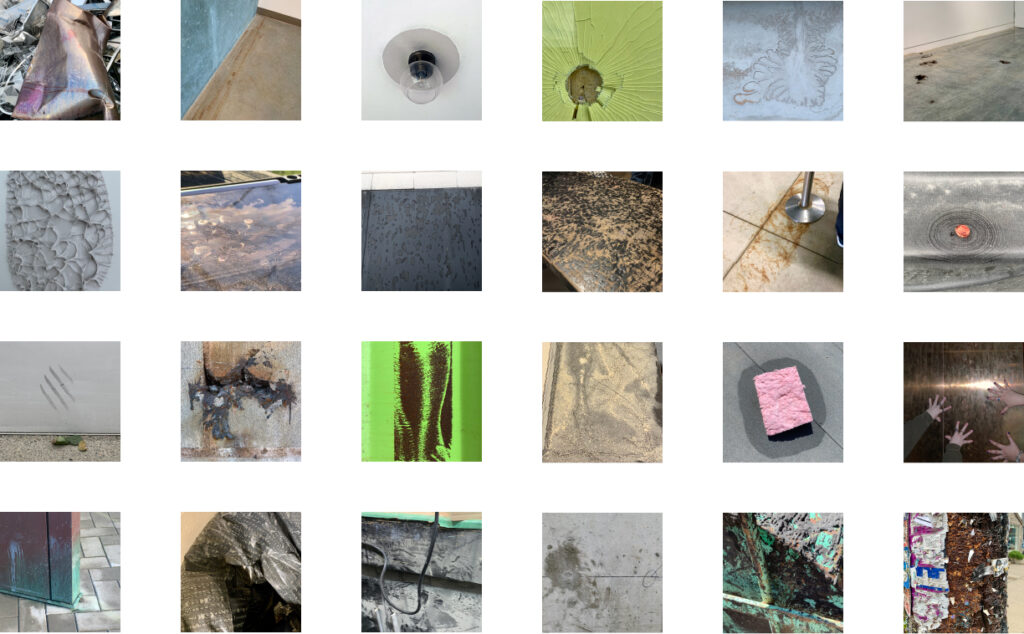
Design Brief
Manifested through design research and material practice Archeology of Occupancy interrogates expectations and prescribed values surrounding materiality by translating evidence of human activity into a visual syntax. The abstract imprints that compose material memory reflect a unique interpretation of the past, possessing the ability to remember interactions our minds often forget.
To celebrating such signatures, Archeology of Occupancy builds on this poetic premise at a scale individuals can connect with. To merge concept and form, action becomes quantifiable using the gesture of adjustment.
Transmuted through the pivot point of a direct light, a contingent language is scribed above. Independently lit, this surface becomes a transformative filter promoting the beauty of ware while also drawing connections between humanity and materiality.
Key Terms
Contemporary Archeology
Beauty of the Everyday
Material Memory
Narrative
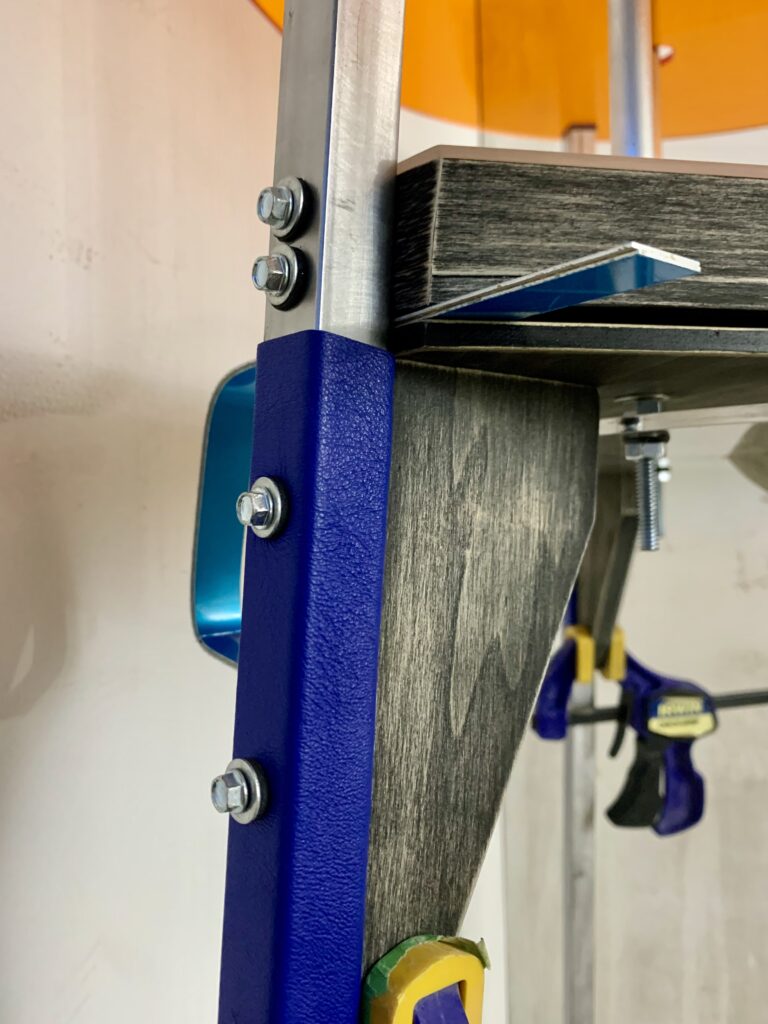
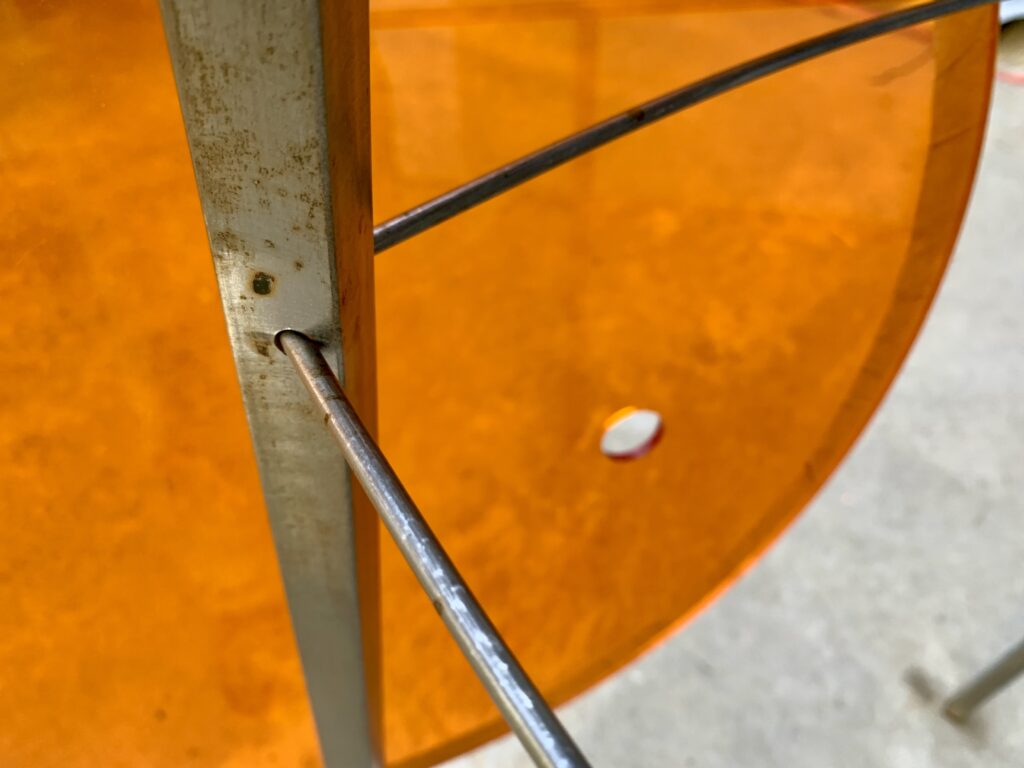
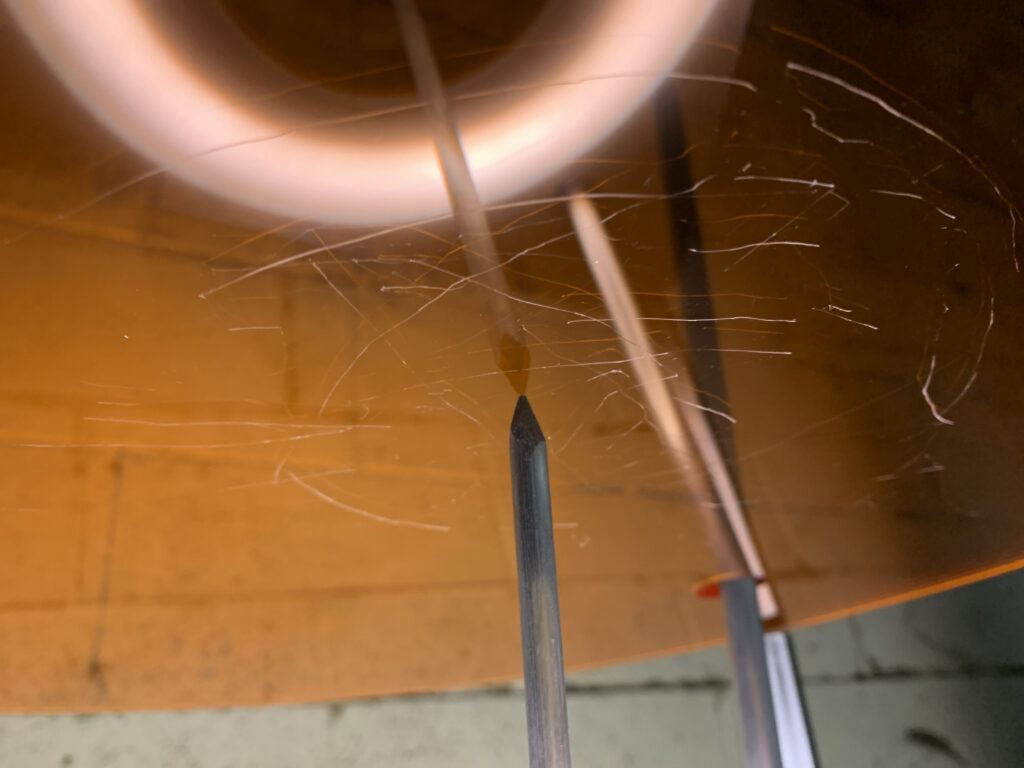
Witness the moment imperfections become elegant characteristics appointing value to wear and tare by looking at it through an archeological lens.
Standing six and a half feet tall the silhouette hints at an abstract representation of a building, reinforcing its position within the context of its formulation. In the core of the structure, a hand-cast concrete ball transmutes actions of adjusting the lower light into unique signatures illuminating hidden narratives of the everyday.
Critical thought and conceptual thinking is cumulated into a communicative, propositional piece with a presence that encourages discourse regarding material value, the narrative capabilities of ware and tare, as well as assumed roles surrounding industrial fabrication processes.
From here, a possible direction for this design concept and its function could be the progression of a systemized, accessible form, promoting the ideologies of material memory and valuing imperfections using designed methods to share and expand upon unique languages carved from the gestures of others.
